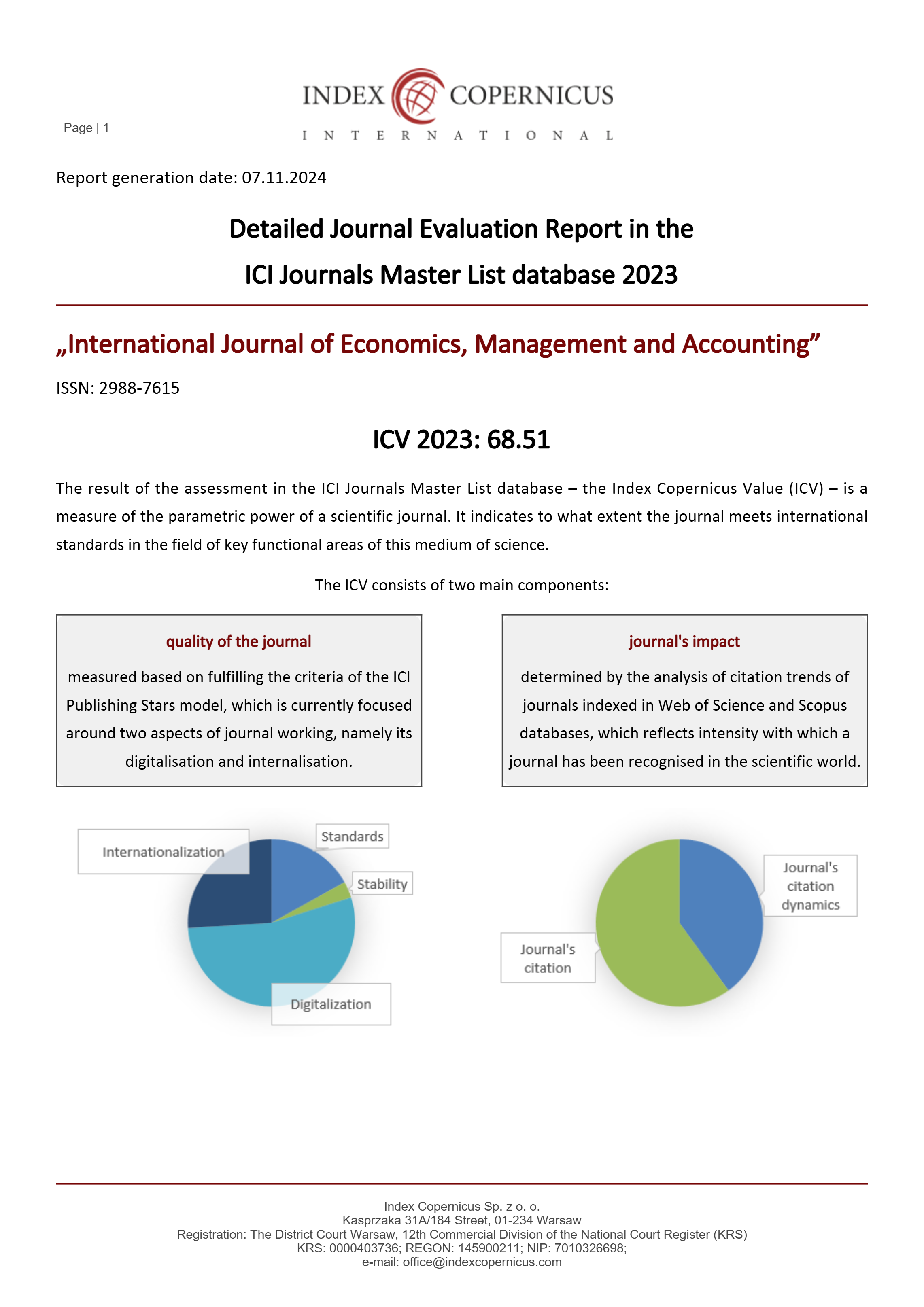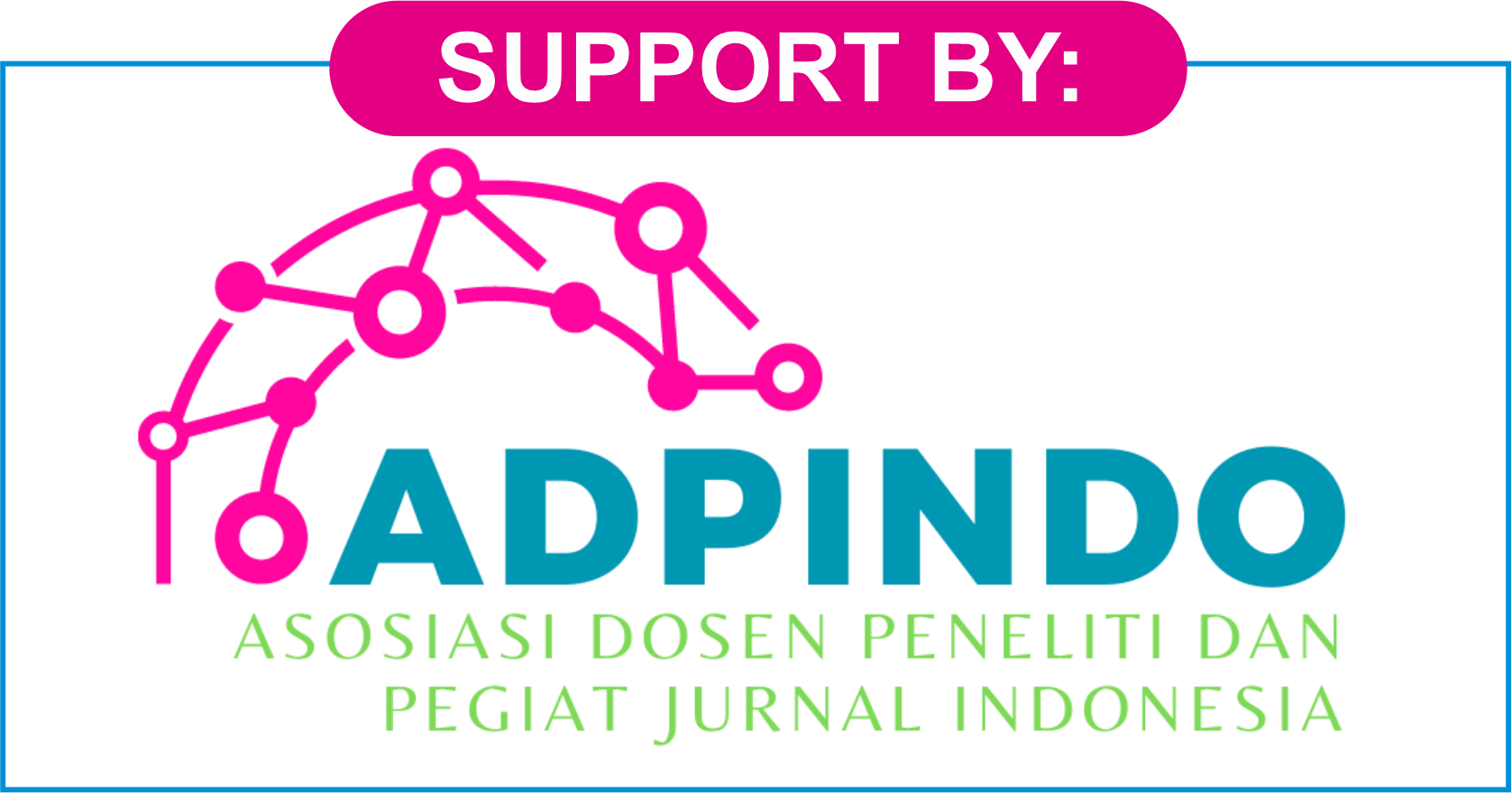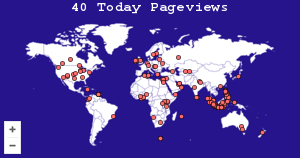The Effect of Employee Development on Work Quality Mediated by Employee Work Effectiveness at Office of the Mayor of Binjai
DOI:
https://doi.org/10.47353/ijema.v1i4.52Keywords:
Employee Development, Performance Effectiveness, Employee Performance QualityAbstract
The aims of this research were to analyze and investigate the role of employee performance effectiveness in mediating the relationship between employee development and employee performance quality at the mayor office of Binjai. The type of research in this study was quantitative associative. The research was conducted at the Mayor Office of Binjai. The population in this study consisted of 100 employees. The sampling technique used was saturated sampling, where the entire population was taken as the sample. The data collection technique used was through distributing questionnaires. The data analysis in this study was carried out using Smart PLS 3.0 with path analysis model. The results of this research indicated that (1) Employee development had a direct and significant effect on the quality of employee performance at the Major Office of Binjai; (2) Employee development has a direct and significant effect on employee effectiveness at the Mayor Office of Binjai; (3) Employee performance effectiveness had a direct and significant effect on the quality of employee performance at Mayor Office of Binjai; (4) The variable of work effectiveness could indirectly mediate the influence of employee development on the quality of employee performance at the Major Office of Binjai.
Downloads
References
Choyimah. (2015). Pengaruh Pengeembangan Pegawai Terhadap Prestasi Kerja Pegawai Pada Badan Kepegawaian Daerah Daerah Kota Semarang. Fakultas Ilmu Sosian, Universitas Negeri Semarang. http://lib.unnes.ac.id/488/1/1160.pdf
Efendi, S., & Pratama, M. A. (2020). Pengaruh Gaya Kepemimpinan Transformasional Dan Kualitas Kehidupan Kerja Terhadap kinerja Karyawan Dengan Budaya Organisasi Segabai Variabel Moderasi Pada PT. Schenker Petrolog Utama Jakarta. Jurnal Manajemen, 16(2).
Flippo. (2005). Manajemen Personalia. : PT. Raja Grafindo Persada.
Ghozali & Latan. (2015). Konsep, Teknik, Aplikasi Menggunakan Smart PLS 3.0 Untuk Penelitian Empiris. BP Undip. SemarangHarnanto. 2017. Akuntansi Biaya: Sistem Biaya Historis. BPFE.
Ghozali, I. (2018). Aplikasi Analisis Multivariate dengan Program IBM SPSS 25. Badan Penerbit Universitas Diponegoro.
Hasibuan, Malayu S.P. (2005). Gaya Pemeipmpinan. Pustaka Pelajar.
Hasibuan.S.P. (2016). Manajemen Sumber Daya Manusia. Bumi Aksara.
Kuncooro, Munajad. (2013). Metode Riset Untuk Bisnis dan Ekonomi. Edisi 4. Erlangga.
Liang Lie. (1995). Cara Belajar yang Efisien Jilid II Edisi keempat (diperbaharui). Liberty.
M. Husni Thamrin Nasution, O. M. R. (2016). Pengaruh Pengembangan Pegawai Terhadap Efektifitas Kerja Pegawai Pada Kantor Sekretariat Daerah Kota Sibolga. PERSPEKTIF, 5(2). https://doi.org/10.31289/perspektif.v5i2.178
Mangkunegara, A. A. A. P. (2020). Manajemen Sumber Daya Manusia Instansi. Edisi XIV. PT. Remaja Rosdakarya.
Matutina. (2006). Manajemen SumberDaya Manusia. Cetakan Kedua. J. Gramedia WidiaSarana Indonesia.
Siagian, Sondang. P. (2008). Manajemen Sumber Daya Manusia. Jakarta.Aksara. Bumi Aksara.
Sugiyono. (2018). Metode Penelitian Kombinasi (Mixed Methods). CV. Alfabeta.
Swasto. (2003). Pengembangan Sumber Daya Manusia. STIE YKPN.
Tangkilisan & Nogi Hassel. (2005). Efektifitas Organisasi. Erlangga.
Tika. P. (2008). Budaya Organisasi dan Peningkatan Kinerja Perusahaan. Bumi Aksara.
Downloads
Published
How to Cite
Issue
Section
License
Copyright (c) 2023 Irwansyah, Mesra B

This work is licensed under a Creative Commons Attribution 4.0 International License.











